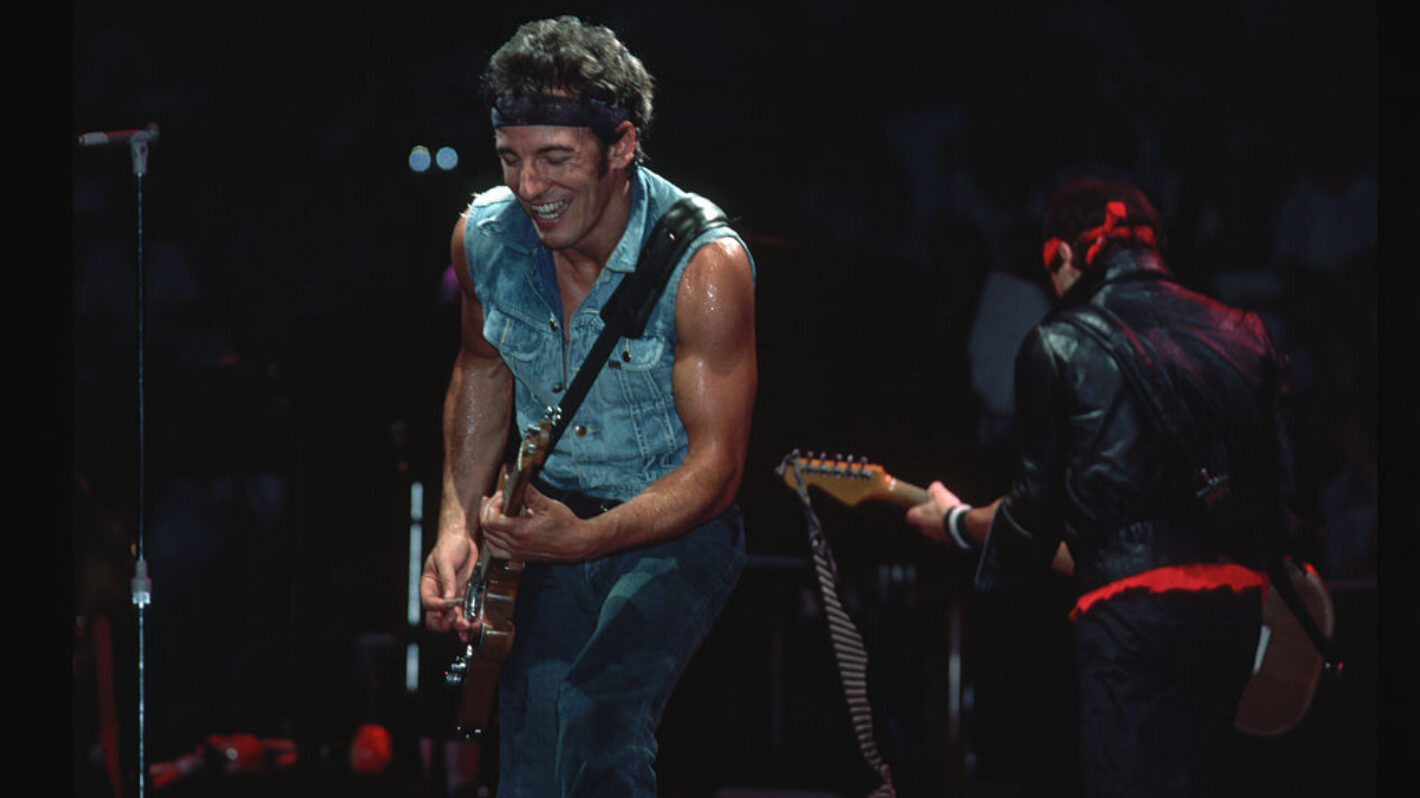Stevie Van Zandt of the E Street Band Talks Five Decades of Bruce Springsteen (Exclusive)
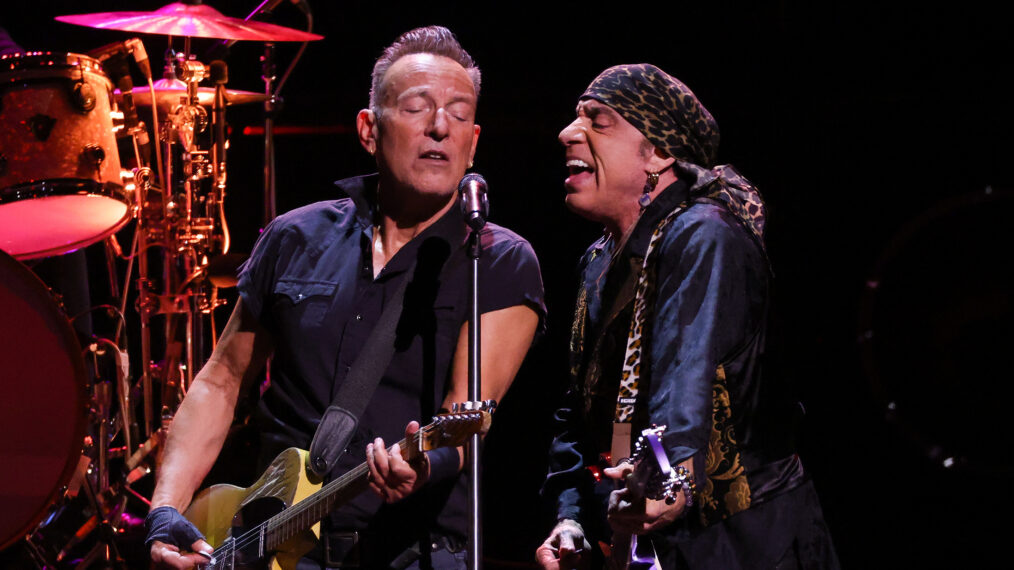
The new documentary Road Diary: Bruce Springsteen and the E Street Band, out on Oct. 25 on Disney+ and Hulu, follows Bruce Springsteen and the E Street Band, including guitarist and E Street musical director Stevie Van Zandt, as they get ready for and then play their 2023 world tour — their first full tour as a group since 2016.
The seven-year break from live performance was the longest in E Street’s history, and the film — helmed by frequent Springsteen cinematic collaborator Thom Zimmy — documents every step of the band’s return, from rehearsals with old and new members to taking a brand-new show out on the road. The film is also an intimate portrait of a Springsteen rarely seen by the public: a man examining questions of legacy and mortality, reflecting on the past while also pondering what the future holds for him and his longtime backing band.
We spoke to Van Zandt and Jon Landau, Bruce Springsteen’s manager and coproducer on multiple albums, about coming back to the stage after nearly a decade away, trying new things during a band’s fifth decade together and why “we continue to surprise people, and I think that’s a good thing.”
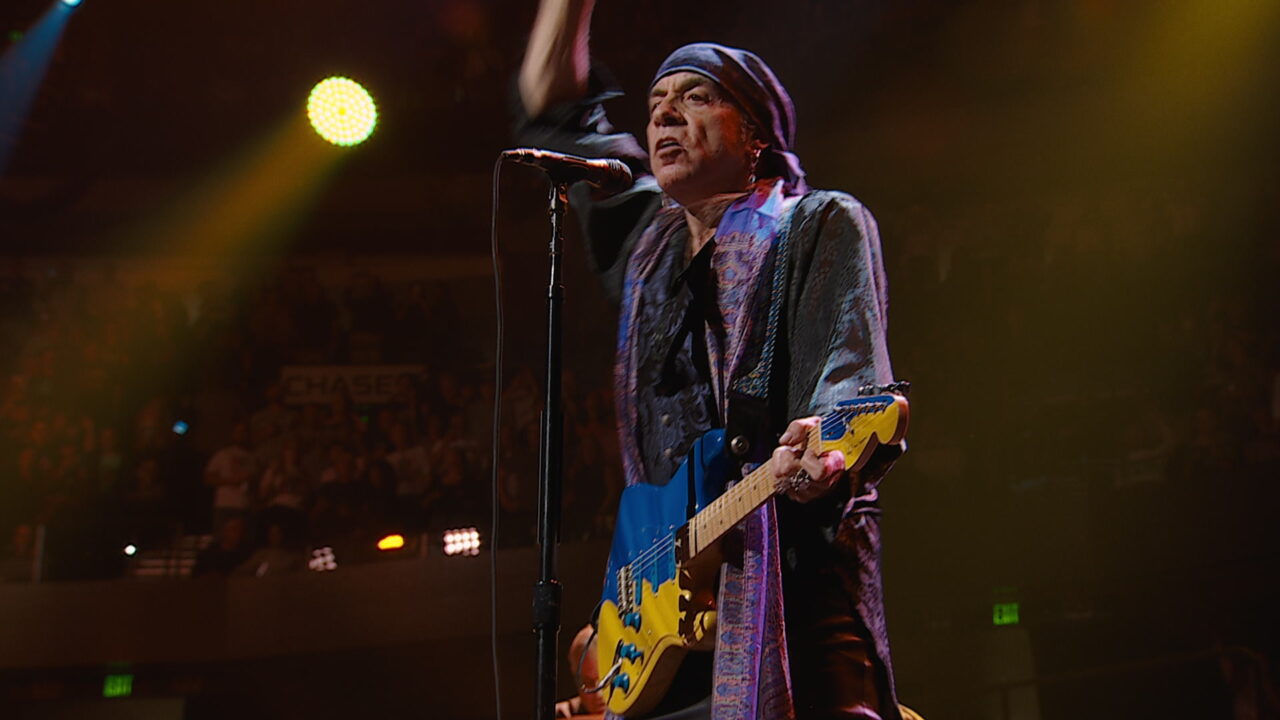
Disney
On What It Was Like To Perform With The E Street Band After Seven Years Away
Van Zandt: I must say six, seven years is a bit longer than usual. You go through many different lives before you get back together, and the first part of it is just getting back next to each other and getting your mind set into this world you’re about to jump into. Because what we do is quite a crazy kind of job. One minute, you’re shopping for groceries and taking out the trash, and then the next day, you’re playing to 50,000 people. So it’s a bit of a schizophrenic life.
And so, you have to make that adjustment from real life into this wonderful fantasy world that we have created — which is why we’re playing rock ‘n’ roll in the first place. Because we couldn’t relate to the rest of the world. We really had no place in the rest of the world. So we needed to carve our own little place out, which we luckily did.
And so we’re about to re-enter that world where we are actually protected, and now about to do the jobs that we have chosen to do with our lives. And we take that job very, very seriously. And none more seriously than this tour, because of the length of time off. We figured the audience probably doesn’t know what to expect.
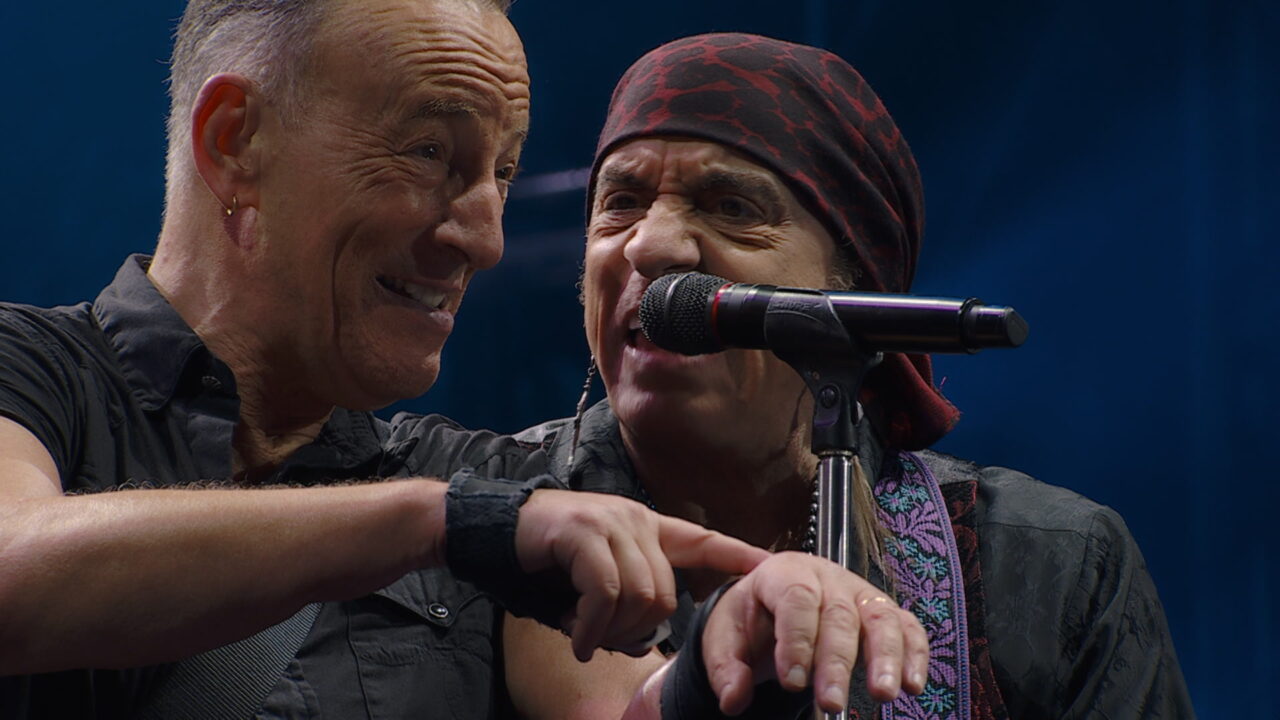
Disney
Why This Tour’s Shows Were Different
While Bruce Springsteen and the E Street Band shows are traditionally known for an emphasis on fluidity and improvisation from night to night, Road Diary digs into how the 2023 tour was different. It showcased Springsteen’s 2020 album, Letter to You, and focused on the album’s themes of mortality and looking back at life. To do that, the band stuck with similar set lists each night — a break from E Street tradition.
Van Zandt: We recorded a record [Letter to You] that was a couple of years already old, and it was a very, very intense record, a very unique record, one that was very focused [on a] theme for the first time. And the show was going to have that same focused theme for the first time. So we were going to come out with something that was different, in the sense of doing the same show every night, which we’ve never done before.
And it was going to be more intense than ever before. We’ve always had quite a range of emotions in the show, but never quite as focused as this one, where the theme was mortality.
And we knew we had to balance that out with vitality, which is why the only two slow sections in the show are the middle, the “Last Man Standing” into the “Backstreets” section, and “I’ll See You in My Dreams” at the end. And the rest of it had to be a hurricane to get this particular theme across in a really positive energy way.
So we were conscious of that from the beginning, but we had to get to know each other again a little bit in some cases. I talk to Bruce almost every day, but you don’t see the other guys all that often. And we had some new people to deal with, some new horn players and new singers. So it takes a minute, but that’s fun.
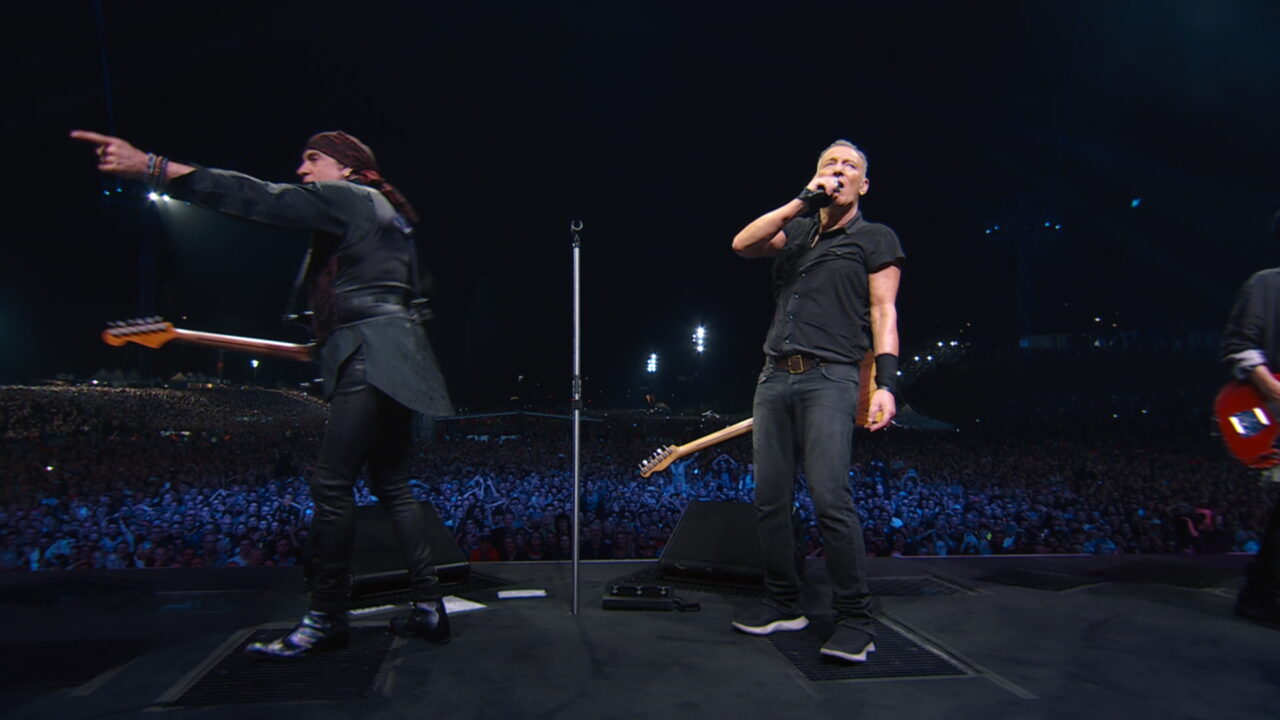
Disney
Why The E Street Band Is Still Trying New Things, Over 50 Years Into Their Career
Van Zandt: Well, if I may say so, the reason why [the band] changed is because the E Street Band has never been a commercial enterprise. It’s been an artistic enterprise from day one. It’s been an artistic adventure that we happen to get lucky. And yes, we’ve had some commercial success, but that was never the priority.
So it’s not really that surprising when you look at it that way. Most artists evolve in some kind of way, and we’re no different. So you’re seeing that, I think, with this tour — you see something that is a little bit different than we’ve ever been before. And next time we play, it might be a little bit different again.
But we keep growing. We keep growing within this wonderful world that Bruce has created with his songs, and it’s built into the songs that kind of infinite timelessness. He writes “Thunder Road” when he is 22. Now it makes sense. Now, the song makes sense. He’s writing 40, 50 years ahead of himself here. So in that sense, I think we do surprise people. We continue to surprise people, and I think that’s a good thing.
Bruce Springsteen’s Biggest Hit Album “Born in the U.S.A.” Turns 40
Why Every Springsteen Album Sounds So Different
Jon Landau: I think that the band and Bruce continue to grow together. I think one element, which Stevie mentioned, is that the fact that Bruce just is continually writing — his writing changes, it deepens, it broadens.
And so what’s asked of the band is constantly new challenges: to adapt to new material, new sound, to integrate into the old. The show itself ranges from some of the first songs that [Springsteen] ever recorded — “Spirit in the Night,” on his very first album from 1973 — to songs from his most recent album, Letter to You, and everything in between. So there is this constant evolution and growth that originates really, in my mind, with the songs and the fact that Bruce is always growing as a songwriter. And then each set of songs, each album that we’ve made has made its own particular demands.
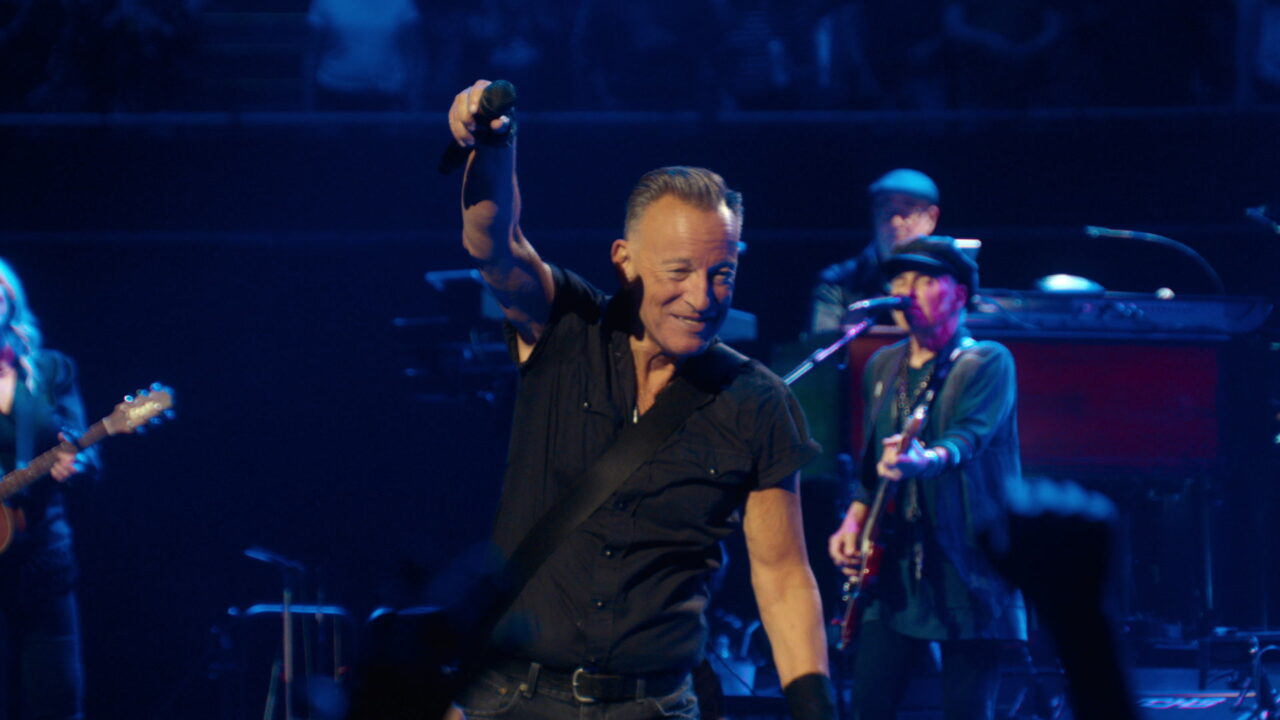
Disney
The interesting thing about the albums, the Bruce and E Street albums, is on the one hand, if you put any one of them on for 10 seconds, that’s Bruce and the band. On the other hand, if you play them in full, they’re all very different from each other. There is a familiarity on the one hand, but on the other hand, for example, if you take Born to Run, Darkness on the Edge of Town, The River, Born in the USA — each of these albums is very distinct, even though they’re absolutely recognizable that it’s Bruce and the band. So it’s a very fine line that he and everybody walks.
It is my own opinion, but 50 years down the road, it is, to me, a fact: The band has never played better than it is playing right now. And we have wonderful fans who say, “Well, it was on Darkness. That was the best tour ever. And I remember this show and I remember that show.”
And I respect all of that because that’s so important to each person. But trying to be as objective as I can be from my vantage point and knowing everybody as well as I feel like I do, and knowing what they’re capable of, I can tell you right now, we’ve never played better.
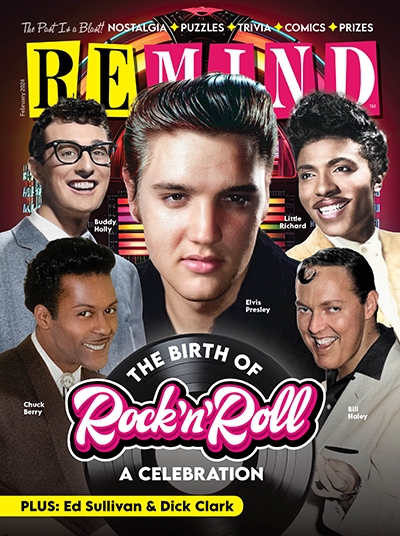
Birth of Rock 'n' Roll
February 2024
"Long live rock," we like to say, but how did it come to life? Revisit the memorable moments, music and movies that made teens go beat crazy back in the 1950s.
Buy This Issue
